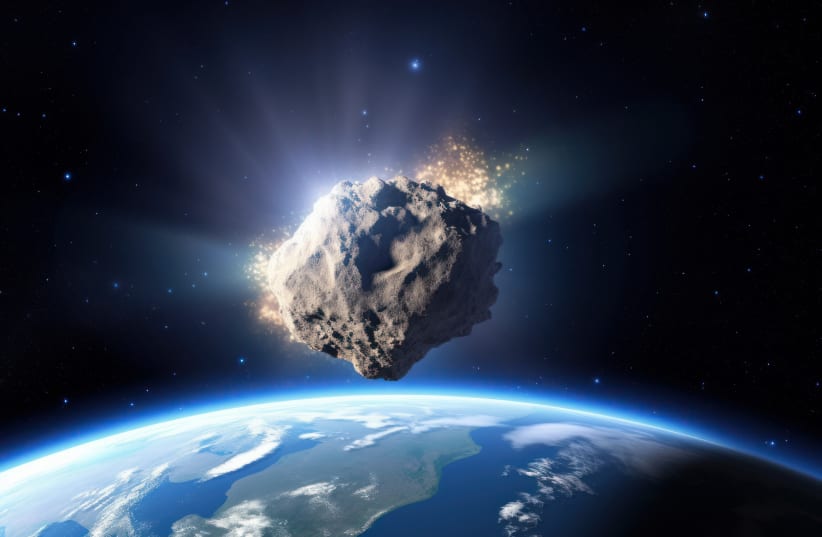A huge asteroid the size of around 1,000 capybaras is set to pass Earth on Tuesday, October 3, according to NASA's asteroid tracker.
The asteroid in question has been designated 349507 (2008 QY), according to the Center for Near-Earth Object Studies (CNEOS) at NASA's Jet Propulsion Laboratory (JPL).
While the asteroid is traveling too far to pose any risk to the Earth, a possible impact event with it could become a worldwide catastrophe.
Gnaw-some: How big is the asteroid coming toward Earth in 2023?
Asteroid 349507 (2008 QY) is estimated to have a possible diameter as wide as 1.2 kilometers. As far as asteroids that skim past the Earth go, that's insane, far exceeding the size of most close flybys.
To put it in a more Earthly perspective, consider the world's largest rodent that has become a social media sensation: The capybara.
An adorable animal that makes the watery areas of South America its home, capybaras have become widespread on social media, particularly on TikTok, where they are typically accompanied by the "Capybara Song" by Bella DJ.
According to the University of Michigan, the average capybara can grow to as much as 1.2 meters.
Taking that into account, asteroid 349507 (2008 QY) is around the size of 1,000 capybaras.
Capybar-ely believe it: Is an asteroid going to hit the Earth in 2023?
Asteroid 349507 (2008 QY) is not going to be flying anywhere close to the Earth, with it set to pass by at a distance of over 6 million kilometers.
But this is a good thing, since an actual impact from an asteroid this big would be nothing short of apocalyptic.
According to research from the Davidson Institute of Science, the educational arm of Israel's Weizmann Institute of Science, an asteroid over 140 meters in diameter would release an amount of energy at least a thousand times greater than that released by the first atomic bomb if it impacted Earth.
Something even larger – over 300 meters wide like the Apophis asteroid – could destroy an entire continent. An asteroid over a kilometer in width – like asteroid 349507 (2008 QY), which flew past the Earth in early March 2022 – could trigger a worldwide cataclysm.
But luckily, Earth is free of this danger, with NASA having already said the planet is at no risk of any severe asteroid impacts for the next century.
As such, the capybara who face danger in TikTok videos about meteors trying to kill them all don't have anything to fear.
@capybaraluvsu a meteor is about to kill all capybaras ! #capybara#fyp credits to my brother:@thecapybaraguy85 ♬ suono originale - ︎
@ovde.viktor Meteor is about to hit capybara land #fyp #slaycapybara #meteor #viral #animals ♬ original sound - empxxz
Smaller impacts still do happen though, such as asteroid 2023 CX1, which impacted near Normandy, France, back in February, but they cause little to no damage.
Paw-sitive news: Can we stop an asteroid from hitting the Earth?
Scientists around the world have been hard at work trying to do exactly that, and sufficient advancements made in this field have helped make a protective measure for planetary defense.
The most promising so far is kinetic deflection, as demonstrated by NASA's Double Asteroid Redirection Test (DART) Mission, which managed to alter the orbital path of a faraway asteroid.

